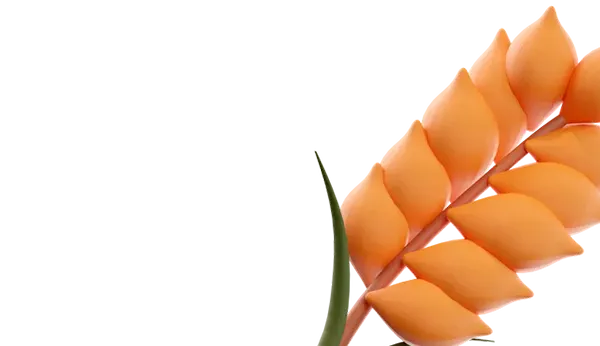Specialists from the Kolomna branch department of the Federal State Budgetary Institution "Rosselkhoztsentr" in the Moscow region, at the request of one of the farms in the urban district of Kolomna, conducted a preliminary analysis of tubers of seed potatoes of the following varieties: VR 808 - 172620 kg (RS1), Newton - 139740 kg (RS1), Gala - 167720 kg (RS1), Colomba - 256260 kg (RS1), Krone - 167640 kg (RS1).
During the analysis, tuber lesions were found with various diseases such as phomosis, fusariosis, wet rots, as well as tubers with mechanical damage.
Potato Phomosis is a fungal disease, mainly caused by the fungus Phoma exigua var. foveata, and tuber infection occurs through wounds that occur during rough handling during harvesting and sorting. The fungus survives in the soil as a saprophyte. Infected soil attached to the tuber acts as a spreader of the fungus, which infects the tuber surface through wounds during harvest. The disease develops during storage.
External lesions are round, slightly depressed, gray-brown, the size of a thumbprint. Under the lesions, the tissue is black, shriveled, and decayed. Cracks often form on the surface of the lesions. The black rotten tissue can be easily separated from the surrounding healthy tissue. The fungus persists either in the soil or on infected seed tubers. The incidence is higher when the soil is moist and cool at harvest.
Potato Fusariosis is caused by several species of Fusarium fungi, including F. avenaceum, F. oxysporum, and F. solani. These fungi survive in infected plant parts and can also be transmitted through the soil for many years. The first sign of fusarium wilt in potatoes is the yellowing of the leaves, followed by wilting, twisting, or curling, sometimes affecting the leaves only on one side of the plant. Symptoms of fusarium wilt usually start from the lower part of the plant, eventually moving up the stem. The tuber itself may be spoiled or rotted, often with depressed brown areas, especially at the stem end.
Recommendations for further storage of the seed material were provided to the representative of the farm.















